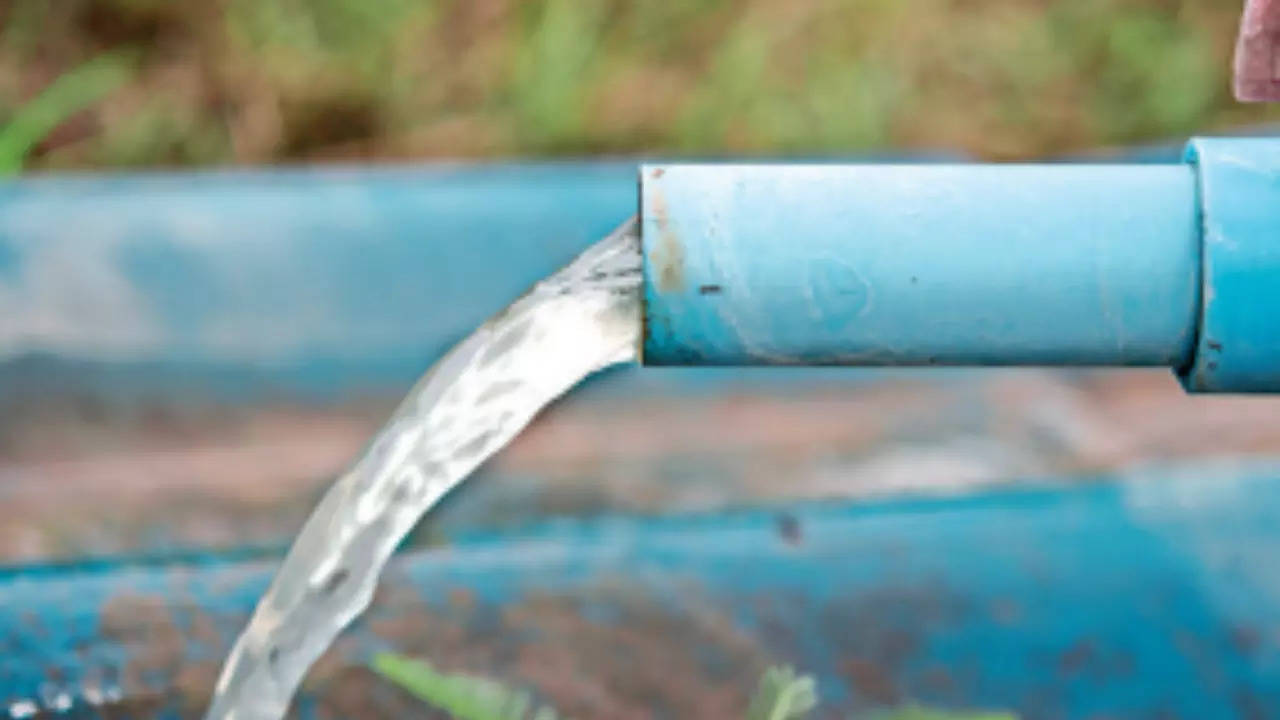[ad_1]
The water table is at 37.32m below ground level this year, compared to 37.7m in 2022. The city has managed to slow down the pace of water extraction over the years – in 2019, the city’s water level was 35.85m – a decline of 2.62m compared to the previous year (33.23m). It saw a fall of 0.36m in 2020 (36.21m) and 0.78m in 2021 (36.99m).
The city has been perilously close to a water crisis since 2013, when it was categorised as ‘overexploited’ by the Central Ground Water Authority (CGWA). Water experts have already established that the city is extracting three times more water than it is recharging. As some areas still don’t have regularised water connections, people living there are dependent on groundwater, according to the water cell.
Other blocks of Gurgaon, meanwhile, have reported a slight improvement in the water table. While Sohna‘s water level declined by 0.11m to 26.67m this year (from 25.38m in 2022), Farrukhnagar recorded a 0.21m increase at 19.92m, compared to 20.13m last year.
Similarly, Pataudi’s water level improved from 38.19m in the previous year to 38.05m this year, a rise of 0.14m. This, the groundwater cell said, is the result of several corrective measures.
Hydrologist VS Lamba from the cell said, “We have been able to reduce the water table fall in recent years by undertaking several measures such as ensuring that illegal extraction of water doesn’t take place, spreading awareness on the water crisis, focusing on rainwater harvesting and imposing a ban on use of groundwater in construction activities.”
Experts, however, stressed that the changes in the data is because of better rainfall this year. “Gurgaon is still witnessing high extraction of groundwater. The changes in this year’s data is only because the city received surplus rain in January, March, April, May, July and July. Naturally, groundwater recharge has been better this time due to the excess rainfall. This shows that the government needs to focus more on the groundwater recharge cycle,” said Gauhar Mahmood, a professor at Jamia Millia Islamia University’s civil engineering department. He also pointed out just around 40% of rainwater is currently being used for groundwater recharge in the city. “The credit for improvement of water level should be given to nature,” he said.
Meanwhile, the Haryana Water Resources Authority’s (HWRA) launched an integrated action plan to plug the state’s water gap on April 26. The government plans to save 5.48 trillion litres of water over the next two years. “All stakeholders are working towards a common goal. In Gurgaon, the district administration has developed several waterbodies, while forest department is restoring the pond in Ghata. We are also taking steps to decrease the gap. There is no doubt that this year’s good rainfall has helped us, but our strategies have had a massive role too,” HWRA chairperson Keshni Anand Arora told TOI.
[ad_2]
Source link


